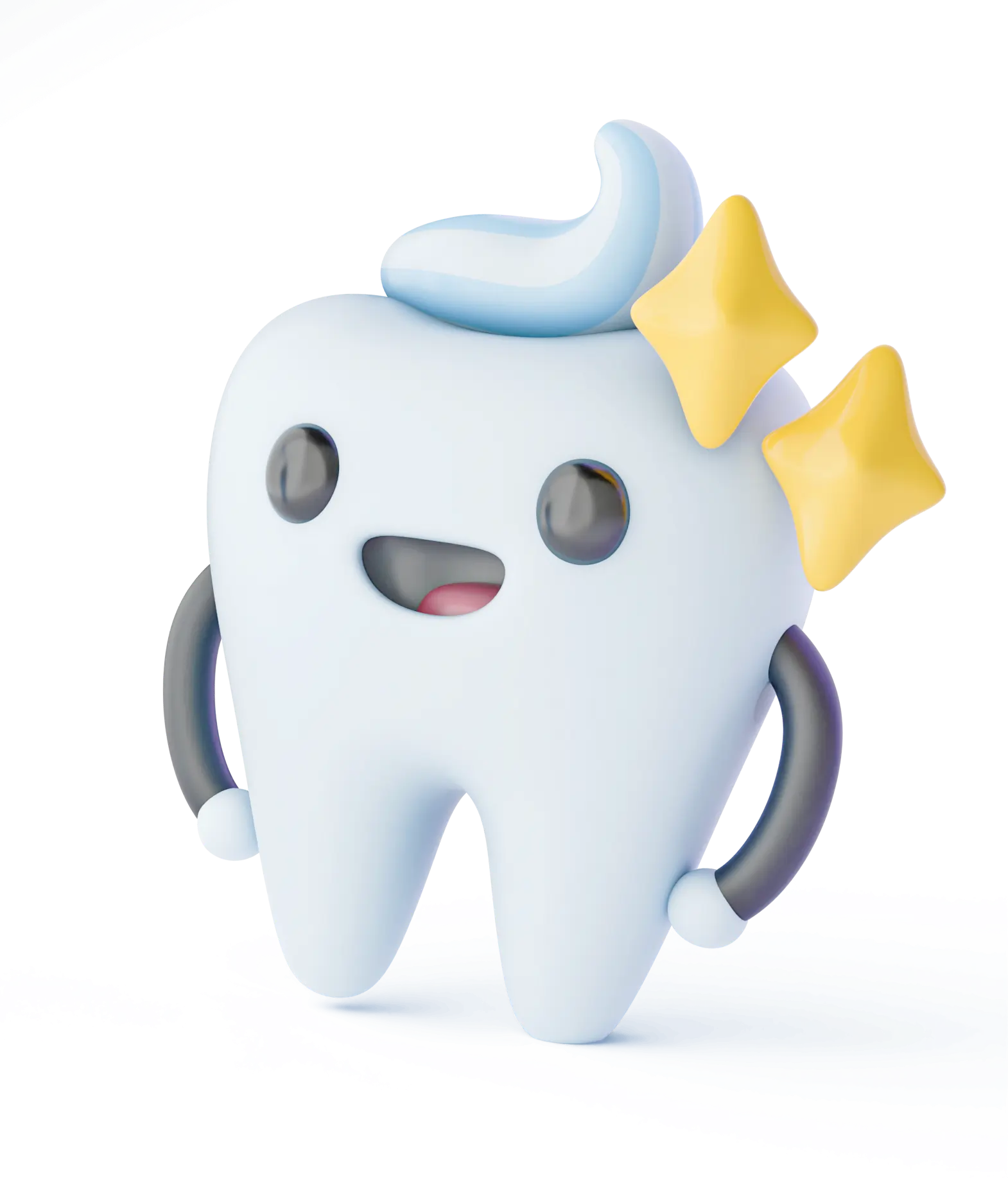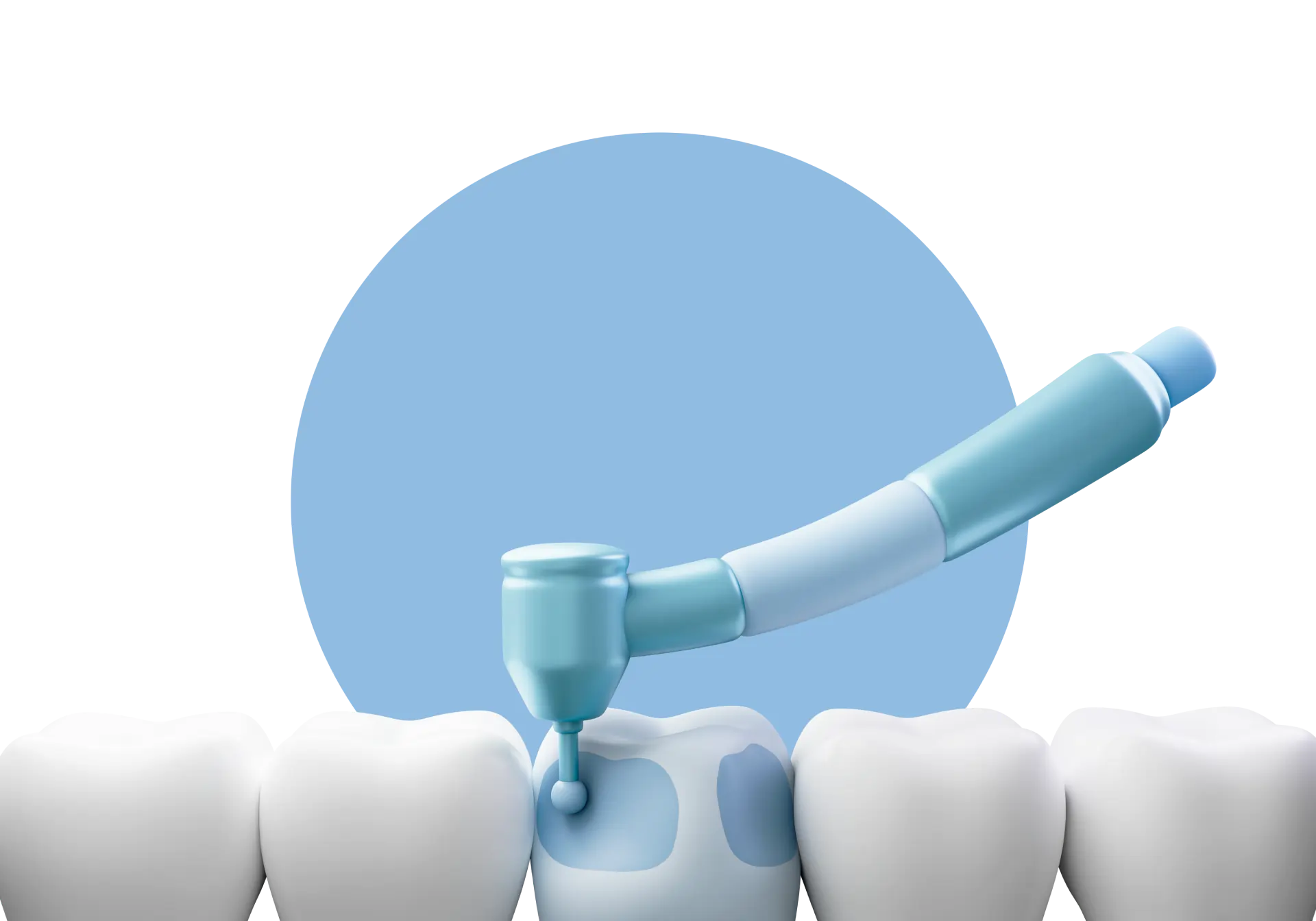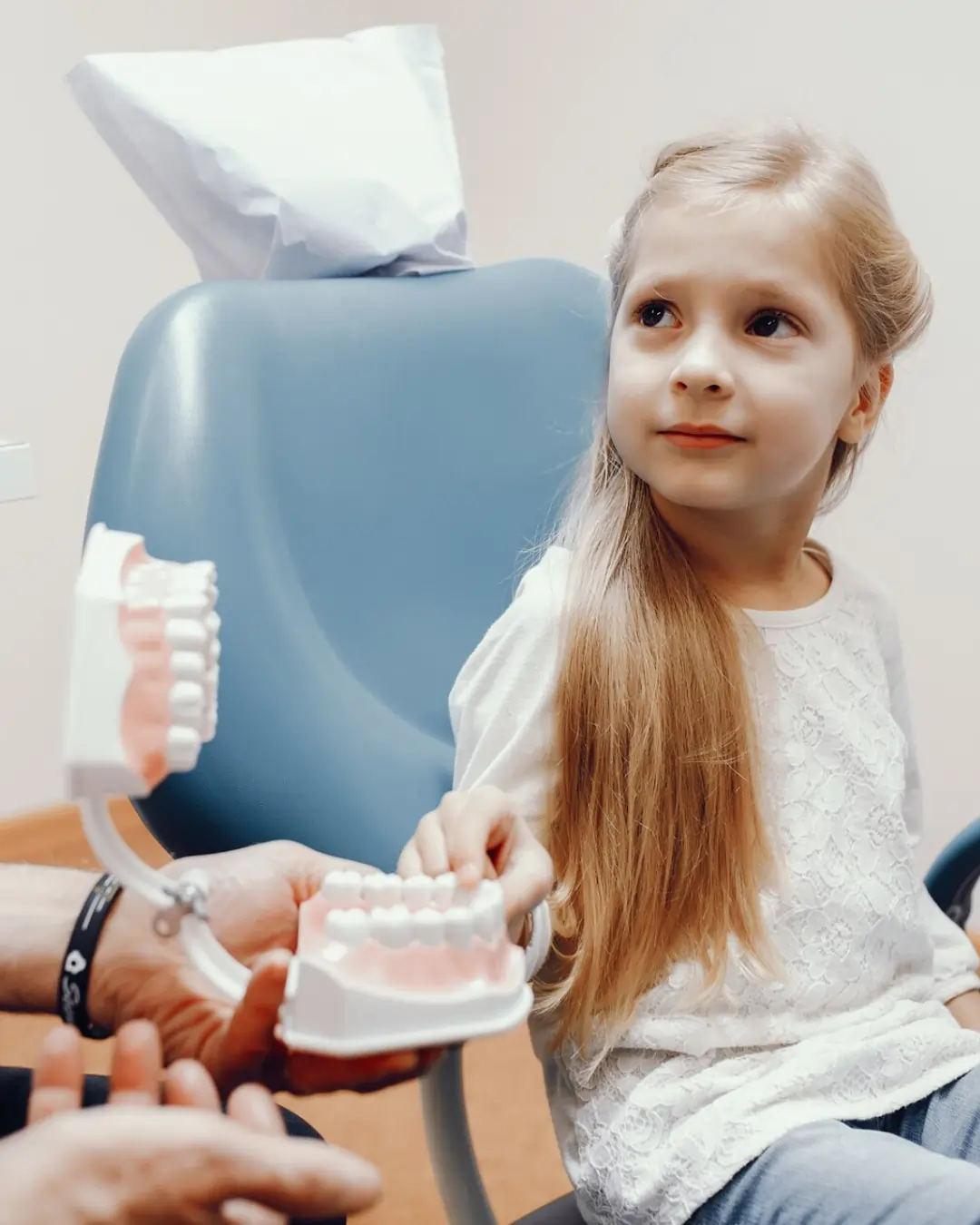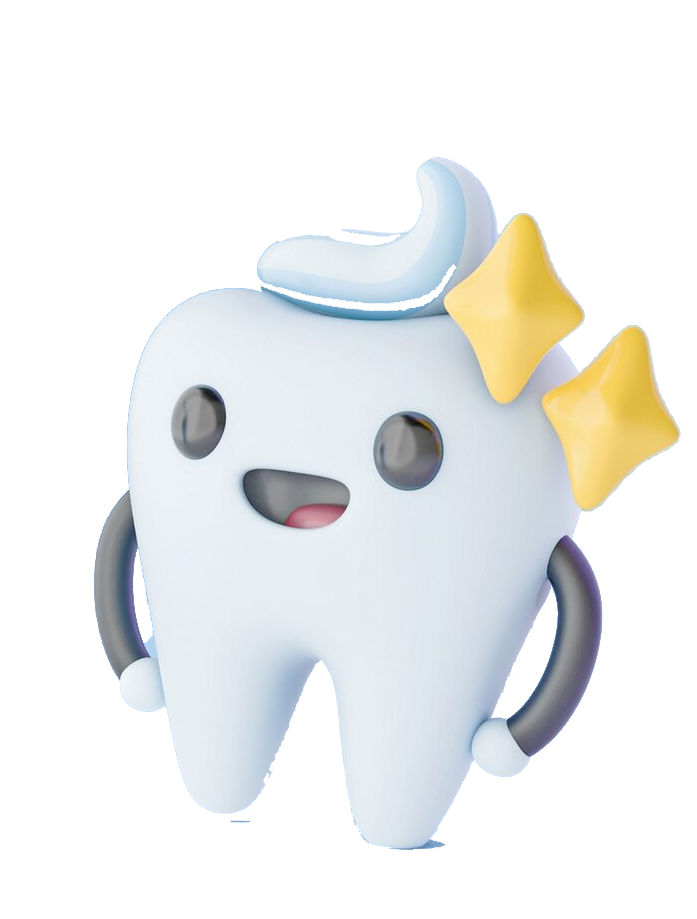Comprehensive Restorative Dentistry for Children
Minimally Invasive Restorative Techniques

ICON Resin Infiltration

Silver Diamine Fluoride (SDF)

Hall Crown Technique

Individualized Care for Every Child
Understanding Cavities
Cavities, also known as tooth decay, develop when bacteria in the mouth produce acids that gradually weaken the tooth s protective enamel. Factors like poor brushing habits and frequent consumption of sugary or starchy foods can speed up this process. Over time, the enamel erodes, forming small holes or soft spots in the tooth. If not treated promptly, these cavities can lead to pain, infection, and even premature tooth loss. A composite filling can halt the decay, restore function, and prevent further damage safeguarding your child s oral health for the future.


Protect Your Child's Smile with Tooth-Colored Fillings
- Natural Appearance: Composite fillings match the shade of your child s natural teeth, so they look and feel just like healthy enamel.
- Stronger Bond: Composite materials bond directly to the tooth structure, helping to reinforce and preserve the tooth s integrity.
- Durability: With proper care, composite fillings can last for many years, ensuring that your child can chew and speak comfortably.
- Less Drilling Required: Because composite resin bonds so well, we often remove less healthy tooth structure compared to traditional fillings meaning a gentler experience for your little one.

Ready to Learn More?
What to Expect During Your Child's Filling Appointment
Comfort & Relaxation
We begin by cleaning your child s teeth and applying a local anesthetic to numb the area. If needed, we can use laughing gas (nitrous oxide) to help them stay calm and at ease throughout the procedure.
Removing the Decay
Using specialized instruments, our team carefully removes the decayed portion of the tooth, ensuring only healthy enamel remains. This crucial step prevents the spread of decay and prepares the tooth for restoration.
Restoring the Tooth
After cleaning and prepping the tooth, we apply the composite resin in layers. Each layer is shaped to fit your child s tooth perfectly, then hardened with a curing light. This technique provides a strong, natural-looking restoration that functions like a regular tooth.
Final Adjustments
We check your child s bite to confirm that the new filling feels comfortable and aligns properly with the opposing teeth. If everything looks good, they re all set with a fortified, healthy smile!



Fun Fact: How to Prevent Cavities
- Encourage Proper Oral Hygiene: Make sure your child brushes twice a day with fluoride toothpaste and flosses daily to remove plaque and leftover food particles. Limiting sugary snacks and drinks can also help reduce cavity risk.
- Schedule Regular Dental Checkups: Bringing your child in every six months allows us to track their oral health, catch cavities early, and recommend preventive treatments such as fluoride applications or dental sealants for extra protection.
- Promote a Balanced Diet: Nutritious meals and snacks, along with plenty of water, support strong teeth and gums.

Why a Pediatric Crown Might Be Necessary
Severe Decay or Damage
When a baby tooth is too compromised by decay, fractures, or wear and tear, a crown can rebuild and protect what remains of the healthy tooth structure.
Long-Lasting Protection
Crowns can safeguard your child s tooth until it s naturally replaced by a permanent tooth, helping them avoid pain, infections, and further dental complications.
Crown Types at Kids Dental Corner
Stainless Steel Crowns
Durable & Cost-Effective
Stainless steel crowns have long been a favorite for restoring baby teeth that need extra reinforcement. Their strong metal composition stands up to everyday chewing and biting forces.
Single-Visit Placement
These crowns are pre-fabricated, meaning they often fit securely with minimal adjustments saving you time by usually completing treatment in one appointment.
Traditional or Hall Technique
In cases where numbing injections or drilling might be difficult (such as with very young or anxious children), we may use the Hall Technique. With this minimally invasive method, we fit a stainless steel crown over the affected tooth without removing all the decay, effectively sealing it off so it can t progress.

Zirconia (White) Crowns
Natural, Aesthetic Appearance
Zirconia crowns are made from high-quality ceramic that closely mimics the look of natural enamel. This makes them an excellent option for restoring front teeth or any situation where aesthetics are a priority.
Superior Strength & Durability
Zirconia is exceptionally robust, making it a dependable choice for both front and back teeth. Its smooth surface helps prevent plaque buildup, which can lower the risk of future cavities.
Biocompatible & Metal-Free
Because zirconia contains no metal, it s ideal for children with allergies or sensitivities. Parents can have peace of mind knowing their child has a safe and long-lasting solution.
Enhanced Protection
These crowns often include special retention grooves that create a tight seal, minimizing the possibility of bacteria sneaking underneath.


How Long Do Pediatric Crowns Last?
Stainless Steel Crowns
With proper care, these crowns can stay intact for up to 10 years, more than enough time for a baby tooth to serve its purpose until the adult tooth emerges.
Zirconia (white) Crowns
Zirconia s advanced ceramic composition can maintain its strength for up to 20 years particularly in permanent restorations or until the baby tooth naturally falls out. Although the precise timeline varies, zirconia crowns give you the confidence of outstanding longevity and appearance.
The Crown Placement Process
Initial Exam & Diagnosis
We ll take X-rays and perform a thorough exam to determine if a crown is the best option for your child.
Tooth Preparation (Traditional Method)
If drilling is needed, we first numb the area. For children who experience anxiety, we offer kid-friendly sedation options to keep them calm and relaxed. Decay is carefully removed, and the tooth is shaped to fit the crown.
Hall Technique (Stainless Steel Only)
In certain cases, we skip drilling and numbing entirely by placing a pre-fabricated crown over the decayed tooth, sealing the cavity and preventing it from worsening.
Crown Placement
Once the tooth is prepared, we fit the crown, check the bite, and finalize any needed adjustments. Afterward, your child can return to most of their regular activities right away.
Aftercare Tips & What to Expect
Mild Sensitivity
Your child may feel slight soreness or notice mild bleeding for a day or two. This typically resolves on its own.
Pain Management
If discomfort persists or worsens, let us know immediately. We ll evaluate the situation and make sure everything is healing properly.
Oral Hygiene Maintenance
Continue a steady routine of brushing twice daily with fluoride toothpaste and flossing at least once per day. Because crowns can attract plaque around the margins, it s crucial to teach kids good brushing techniques.
Dietary Habits
Limit sticky, sugary treats that can increase the risk of decay around the crown. Encourage plenty of water and tooth-friendly snacks like cheese or sliced veggies.


Ready to Restore Your Child's Smile?



